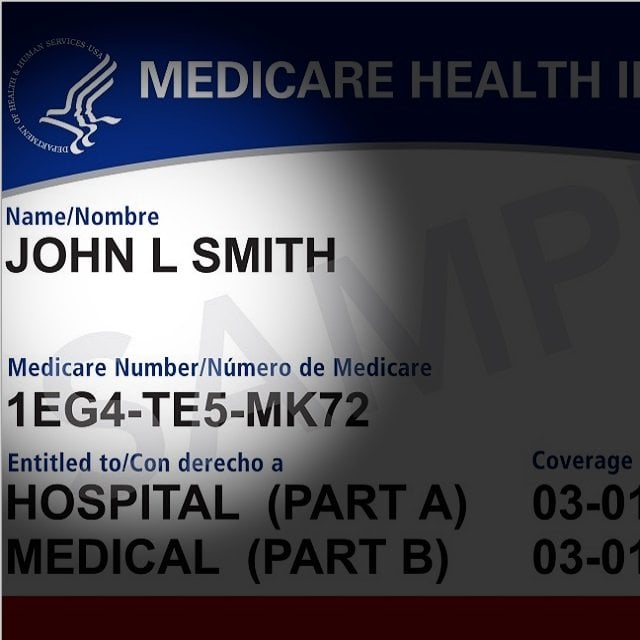Late Medicare Enrollees to Get Quicker Access to Coverage

What You Need to Know
The normal Part B coverage start date will be the first day after the signup month, rather than July 1.
Older clients who enroll in COBRA coverage, rather than Medicare Part B, will not get automatic access to a special enrollment period.
Medicare will also add coverage for some dental services related to kidney transplants and some forms of cancer treatment.
The federal agency that runs Medicare is changing the rules that govern clients who sign up for coverage late.
A few clients have to take active steps to get Medicare Part A inpatient hospitalization coverage, and all have to take active steps to get Medicare Part B physician and hospital outpatient services coverage.
In the past, many clients who missed the “initial enrollment period” around their 65th birthday had to enroll in Part B coverage during an annual general enrollment period that ran from Jan. 1 through March 31. Clients then had to wait until July 1 for their coverage to start.
Under new Centers for Medicare and Medicaid Services final regulations published today, clients who sign up for Part B in a month during the general enrollment period will have coverage in place on the first day of the following month, rather than on July 1.
What It Means
For clients who miss their original Medicare Part B enrollment window and want coverage, the maximum amount of time needed to get covered will fall to 11 months, from 15 months today.
For some clients who realize they want Part B coverage during the general enrollment period, and sign up during the general enrollment period, getting covered could take as little as one day, down from a minimum of three months today.
The Background
Medicare relies mainly on payroll tax contributions from workers and employers to pay for Medicare Part A inpatient hospitalization coverage.
Program managers at the Centers for Medicare and Medicaid Services use enrollee premiums to pay for Medicare Part B hospital outpatient and physician services coverage.
CMS uses an enrollment period system — limits on when people can sign up for coverage without showing they have what the government classifies as a good reason to do that — in an effort to push people to pay the Part B premiums.
The idea is that people will sign up and pay the Part B premiums when they turn 65 in order to avoid the possibility that they could break a leg in July and have no way to sign up for Part B coverage.
People over 65 who have unusual reasons for not signing up for Part B coverage, such as still having ordinary employer-sponsored health coverage when they turned 65, can qualify for special enrollment periods.
Enrollment Period Timing
For clients with Part B special enrollment periods, coverage has usually started on the first day of the month after the client applied for coverage. A client who signed up for Part B on Oct. 1, 2020, for example, could have Part B coverage in place by Nov. 1.
For clients without special enrollment periods, who had to sign up for coverage during the Jan. 1 to March 31 general enrollment period, the time needed to get covered could vary widely.
A client who suddenly learned about the need to sign up for Part B coverage on March 31, 2020, could sign up that day and have Part B coverage in place by July 1, 2021.
But a similar client who made a similar decision on April 1, 2020, would have to wait until Jan. 1, 2021, to sign up for Part B coverage, and could not actually have Part B coverage in place until July 1, 2021.
2021 CAA
Section 120 of the Consolidated Appropriations Act, 2021 will change the coverage start date rules for clients who sign up for Part B on or after Jan. 1, 2023.
The CAA 2021 provision gives the Centers for Medicare and Medicaid Services authority to create new special enrollment period categories.
In the new final rule, CMS creates five new types of special enrollment period categories, meaning that more clients can get Part B coverage in place within a month of deciding to get covered.
The provision also lets people who sign up for Part B during the Jan. 1 to March 31 general enrollment period to get Part B coverage in place by the first day of the following month.
A client who decides on April 1 to get covered, and who does not qualify for a special enrollment period, will still have to wait until New Year’s Day to sign up for coverage. But the coverage will take effect Feb. 1, 2023, not July 1, 2023.




